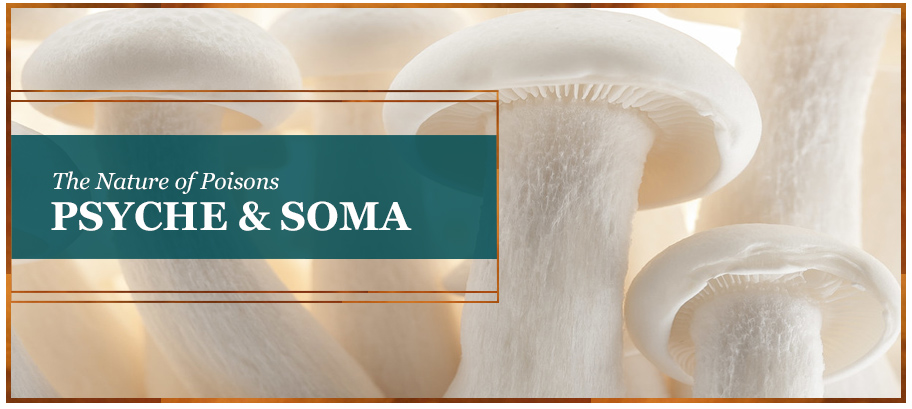In many Germanic languages “poison” is named by a word equivalent to English gift (such as Old High German gift, German Gift, Danish and Swedish gift; Dutch gift, vergift). This shift might have been partly euphemistic, partly by influence of Greek dosis “a portion prescribed,” literally “a giving,” used by Galen and other Greek physicians to mean an amount of medicine (see dose (n.)).
Before you start trudging around in the woods, it’s best to know how to recognize Poison Ivy. You’ve probably heard “leaves of three, let them be,” at some point, but there are so many three-leaved plants that this tidbit alone won’t keep you safe. Poisons like to be known intimately. Perhaps we should start with a formal introduction.
Toxicodendron radicans is her proper name.
Toxicodendron is an edge-dweller. She prefers disturbed ground, places where we humans have gotten ourselves involved. Too wild for the center of the city, too curious for the inner depths of the forest, she stakes her claim at the border between roads and woods or along the sides of trails. Some people see her as a protector, a boundary-keeper.
In my experience, poison-keepers always have more than one purpose, not to mention multiple motivations.
The price of having poison is that you must be a teacher. And before Toxicodendron can teach you anything, you have to accidentally brush up against her. She knows that she’ll find the students who need her most right at the edge of the woods. They’re the ones who forget that the rules of the woods are not the rules of the office, the schoolyard, or the internet. They’re the ones who need her to wake them up.
The lesson you take from her poisoning is up to you.
“Keep out!,” will be your lesson if you’ve lost all your longing for the wild.
“Be more careful!” if you’re a little nervous but too curious to give up after being burned.
Perhaps, if you’re a plant person like me, you’ll hear something like this:
Come closer, slowly.
Attend to all the signs.
(See how I keep changing?)
And, Little One, never forget that anything that heals can harm, and anything that harms can heal.
We must begin with poison. The plants themselves demand it.
Before you can hunt mushrooms, you must unfailingly recognize Amanita phalloides. (The Death Cap makes an example of you for her other students. No second chances.)
Before you clear out the weeds at the back side of your property or venture off the trail to breathe the medicine of forest air, you must know Toxicodendron.
And before you approach herbs in search of relief, you must know where the dangers lie. This is our task for the first class of Tea & Teaching. We establish the Foundations of Herbal Medicine this month. Poison is at the bottom of everything.
One last hint: there are just as many poisons in your heart and in your thinking as there are in a whole forest full of plants.
Paths for Further Investigation:
- Poison appears in Shakespeare’s plays including Hamlet and Romeo & Juliet. And it doesn’t get any more quintessential than Jekyll and Hyde.
- Dale Pendell’s trilogy beginning with Pharmakopoeia is a fascinating, terrifying, beguiling trip along the poison path. Just when you thought there was no such thing as zombies….
- Read The Serpent and the Rainbow to go on the most amazing ethnobotanial journey with Wade Davis to hunt for “zombie poison” and learn about Haitian history and culture, the history of psychopharmacology, and more. Expect guest appearances by Datura and Pufferfish. There’s even a chase on horseback.
- Eula Bliss’s On Immunity: An Inoculation is the most beautiful nonfiction book about medicine that I’ve ever read and very interesting to contemplate through the lens of “everything is poison. Nothing is poison.”
- A few films with something to say about various kinds of poison: Bigger Than Life, Amy, The Master

